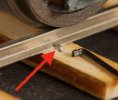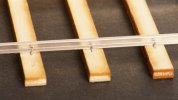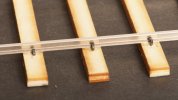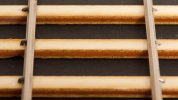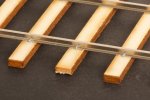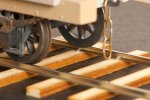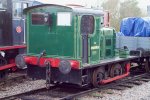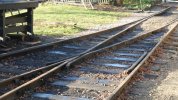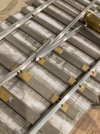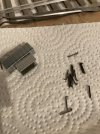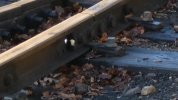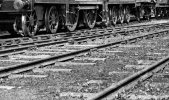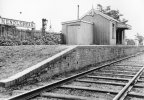Hi Richard
When I laid my track it is on an MDF base. I glued (dab of PVA) the sleepers in place then lined up the rail with track gauges, drilled down both sides of rail with the drill that I could then force the spikes into. To insert the pins I have a pair of very old now long nose pliers with little slots just up from the flat end. Grip the pin and push most of the way in then the very last bit with the flat end.
The ballast is a commercial produce coloured using powder paints to match a sample given me by a member of the WC&PRS. The paints were mixed into damp ballast the allowed to dry. (Note if not dry the paint tended to run). It was then dry laid and fixed by dribbling on 50/50 PVA/water with a spot of liquid soap.
Nothing new. I was shown this way over 50 years ago
Regards
Allen
When I laid my track it is on an MDF base. I glued (dab of PVA) the sleepers in place then lined up the rail with track gauges, drilled down both sides of rail with the drill that I could then force the spikes into. To insert the pins I have a pair of very old now long nose pliers with little slots just up from the flat end. Grip the pin and push most of the way in then the very last bit with the flat end.
The ballast is a commercial produce coloured using powder paints to match a sample given me by a member of the WC&PRS. The paints were mixed into damp ballast the allowed to dry. (Note if not dry the paint tended to run). It was then dry laid and fixed by dribbling on 50/50 PVA/water with a spot of liquid soap.
Nothing new. I was shown this way over 50 years ago

Regards
Allen

